F1 2021 offers ray tracing for the first time in the history of the game series. The rays are used for nicer shadows and better reflections. Interestingly enough, at the start there was only the setting “Medium”. A patch now delivers “high” and “ultra high” – both are usually not a real option.
Table of contents
- 1 If you look with a magnifying glass, you will find a difference
- Benchmarks in Full HD, WQHD and Ultra HD
- RDNA 2 is fast with RT means and slow with the rest
- Conclusion and the new old recommendation
- It has also become nicer with RT agents
The global graphics preset “Ultra high” still automatically sets the ray tracing setting Medium. The patch also did not touch on the fact that the shadows and reflections can be switched on and off separately, but the quality level is set in general. RT shadows on high and RT reflections on medium are therefore not possible.
If you look with a magnifying glass, you will find a difference
Even if it is thoroughly praiseworthy that F1 2021 with the patch now offers more than just “on” and “off” with ray tracing, the implementation of the options is questionable. Because you have to look very carefully to see a difference – even on screenshots, mind you.
If you look closely, you will find a small difference in quality between RT Medium and RT High, which applies to both the shadows and the reflections. RT Ultra, on the other hand, seems to only work in the reflections, the shadows look absolutely the same. With the reflections, a slightly higher resolution is probably used with RT High, a third instead of a quarter of the set rendering resolution is a conceivable scenario. Accordingly, the reflections are a bit sharper and show more details, but they are still quite cautious. The effect is particularly noticeable when driving in the rain. RT Ultra continues right there, the detail density in the reflections increases again. But the effect is much less pronounced than when changing from medium to high, even on screenshots the magnifying glass has to be unpacked.
-
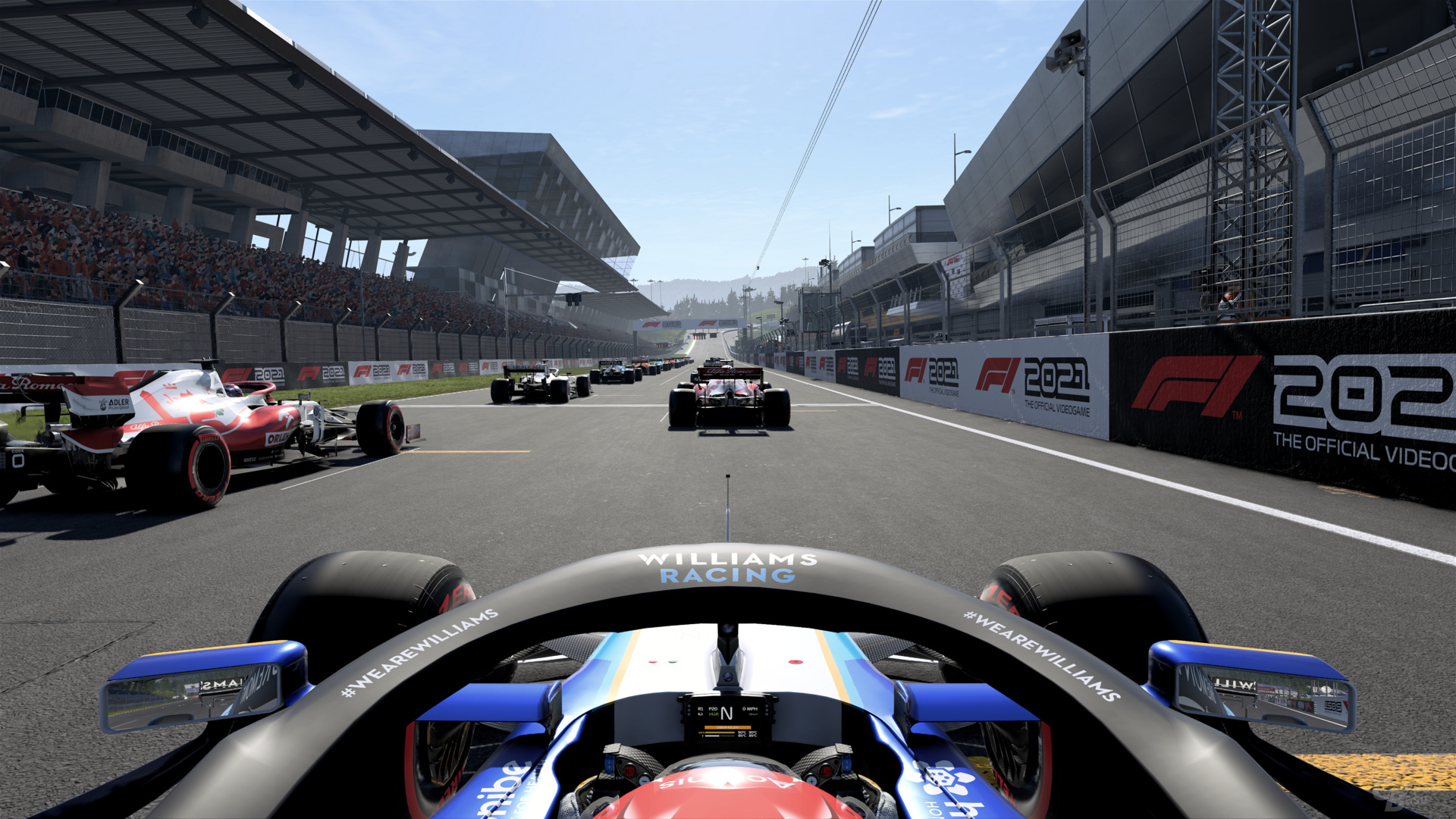 Raytracing means download
Raytracing means download
Image 1 of 24
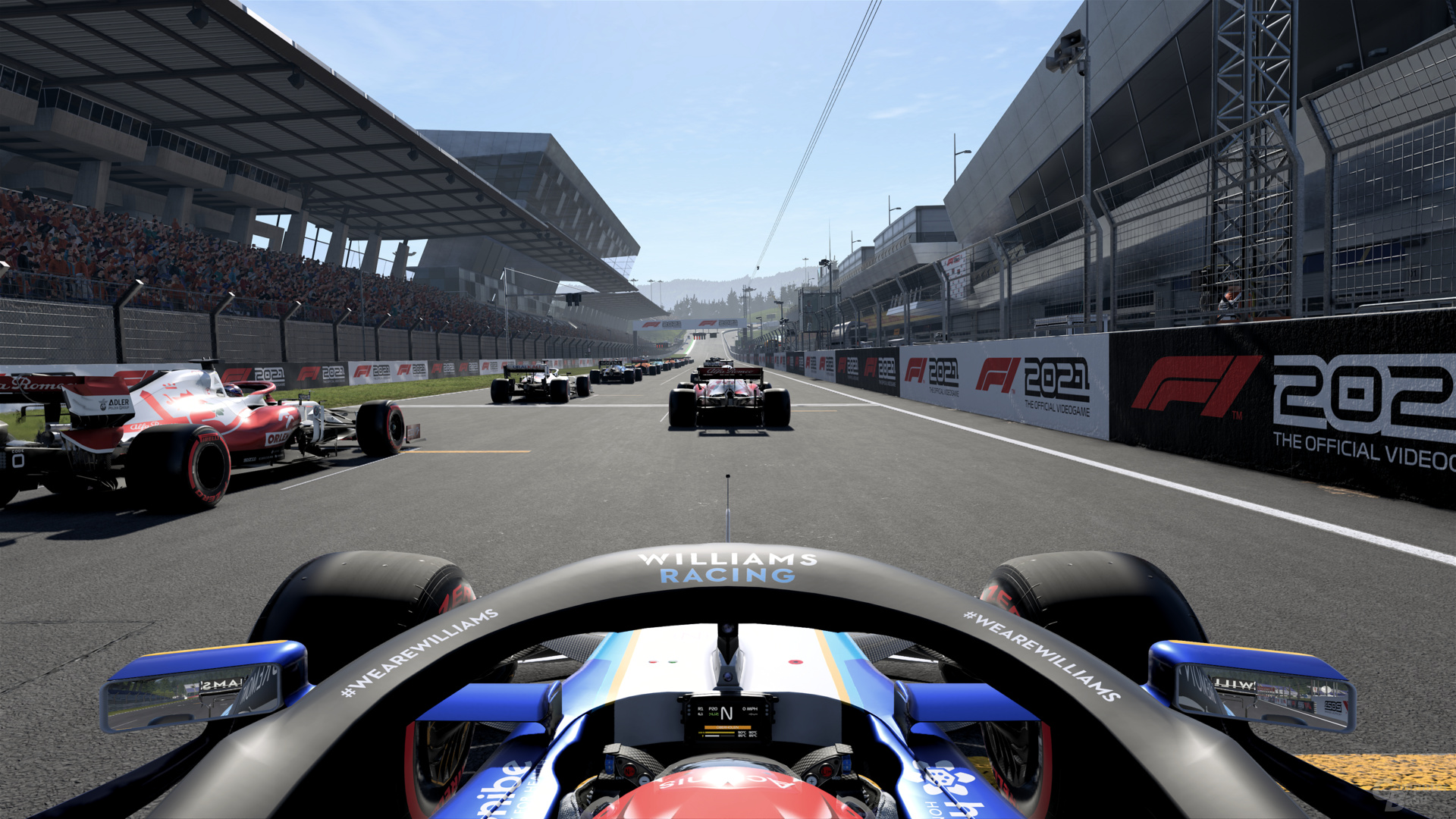 Raytracing means
Raytracing means 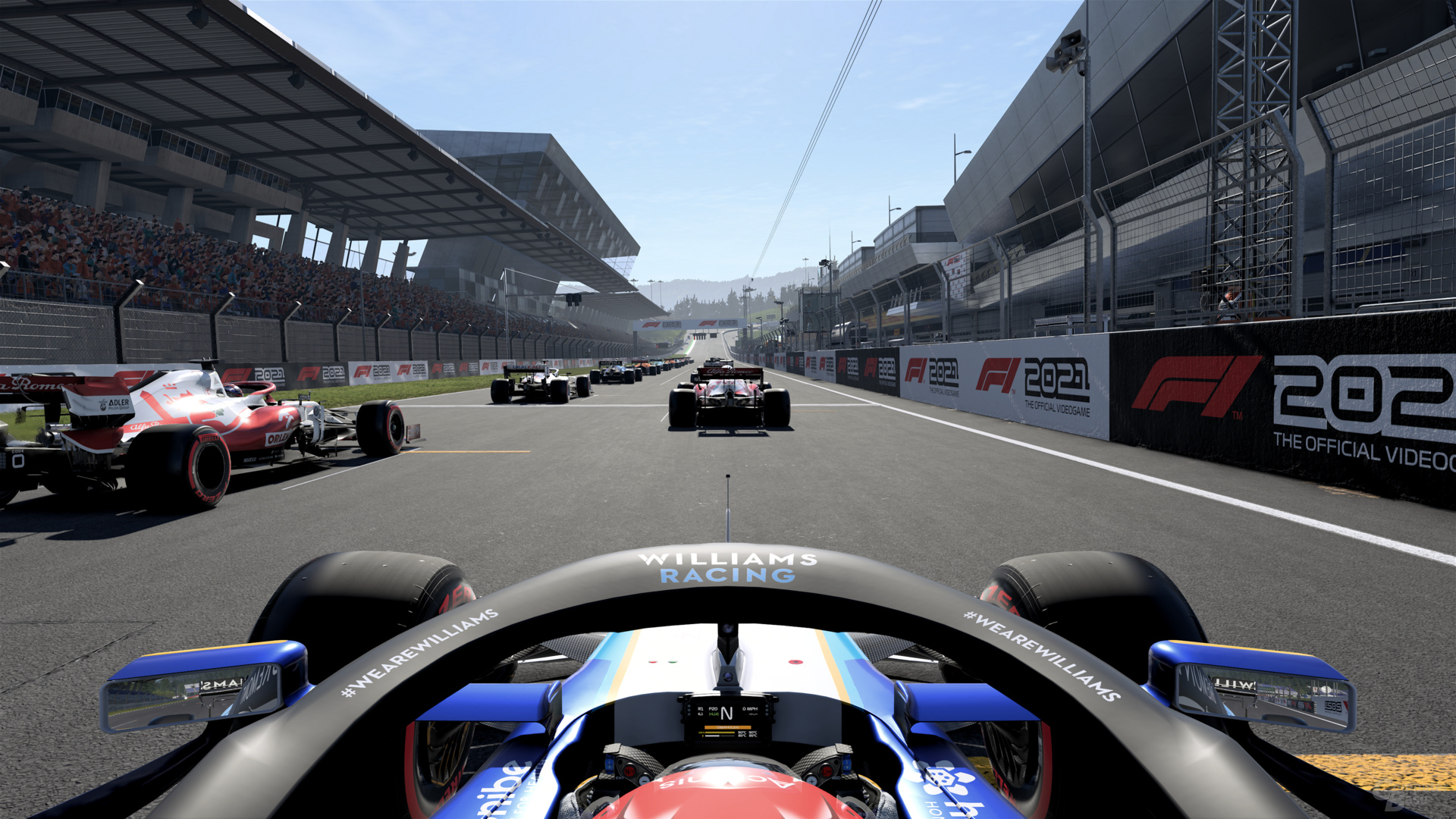 Raytracing up
Raytracing up 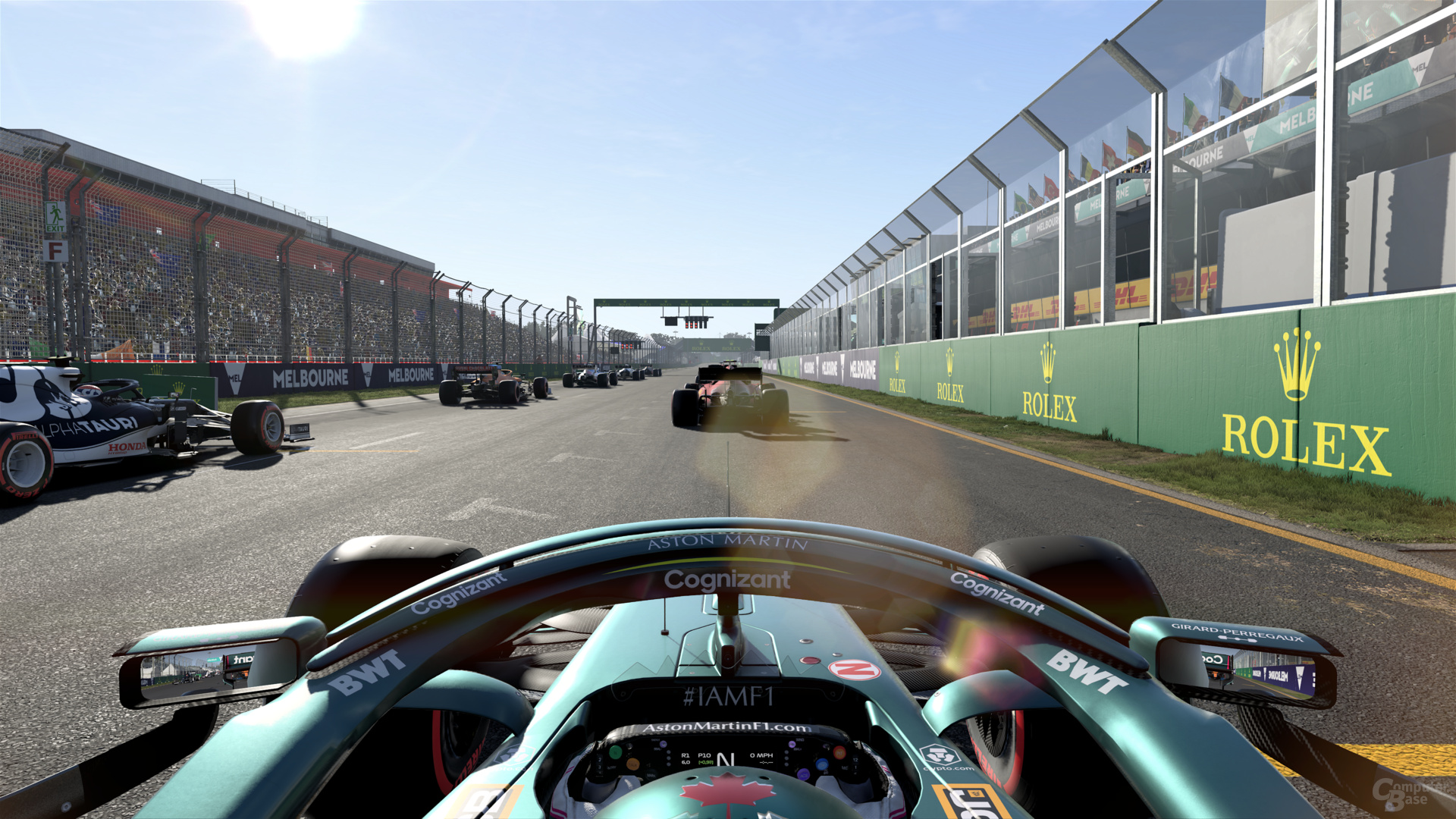 Raytracing means
Raytracing means 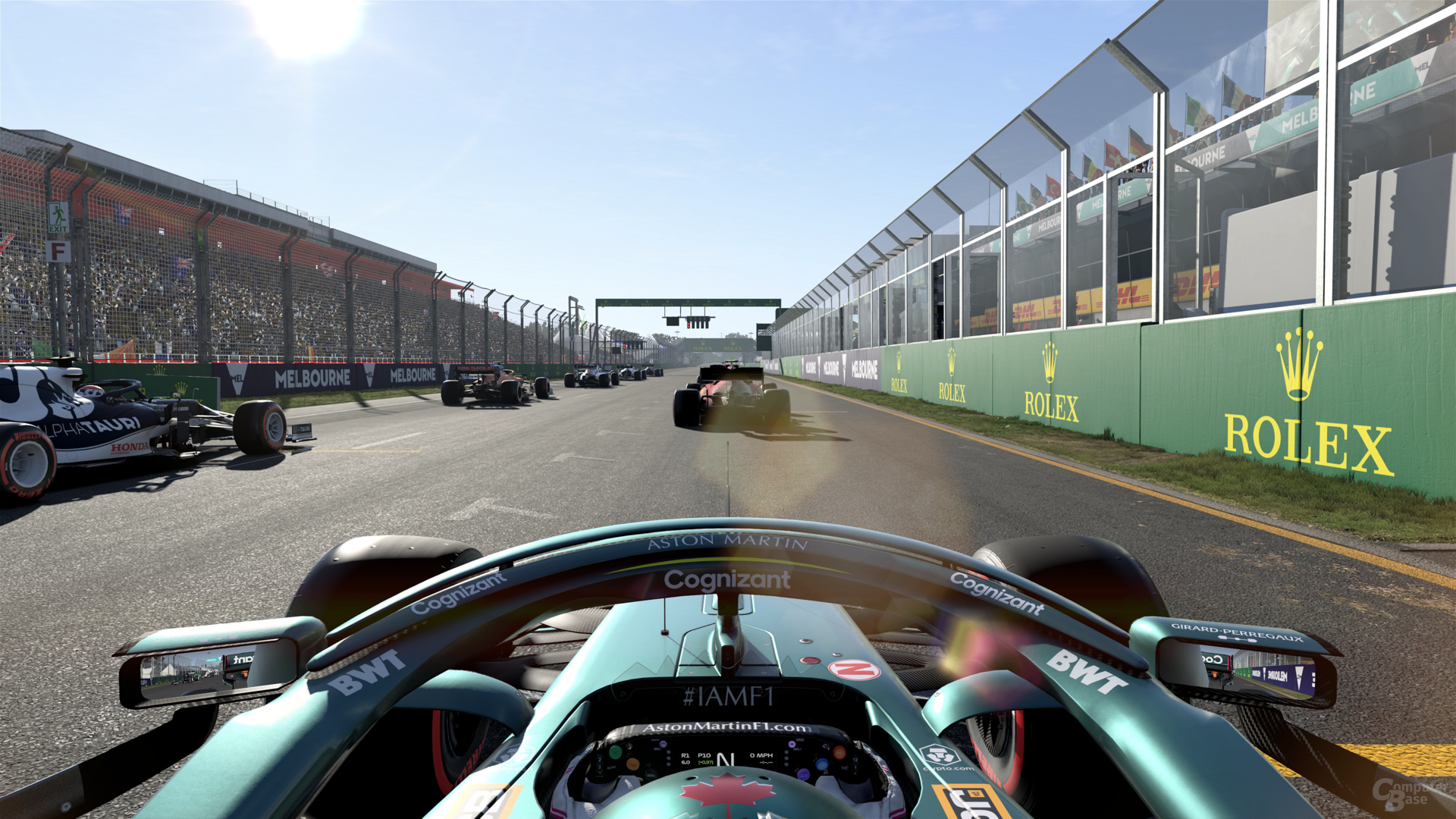 Raytracing high
Raytracing high 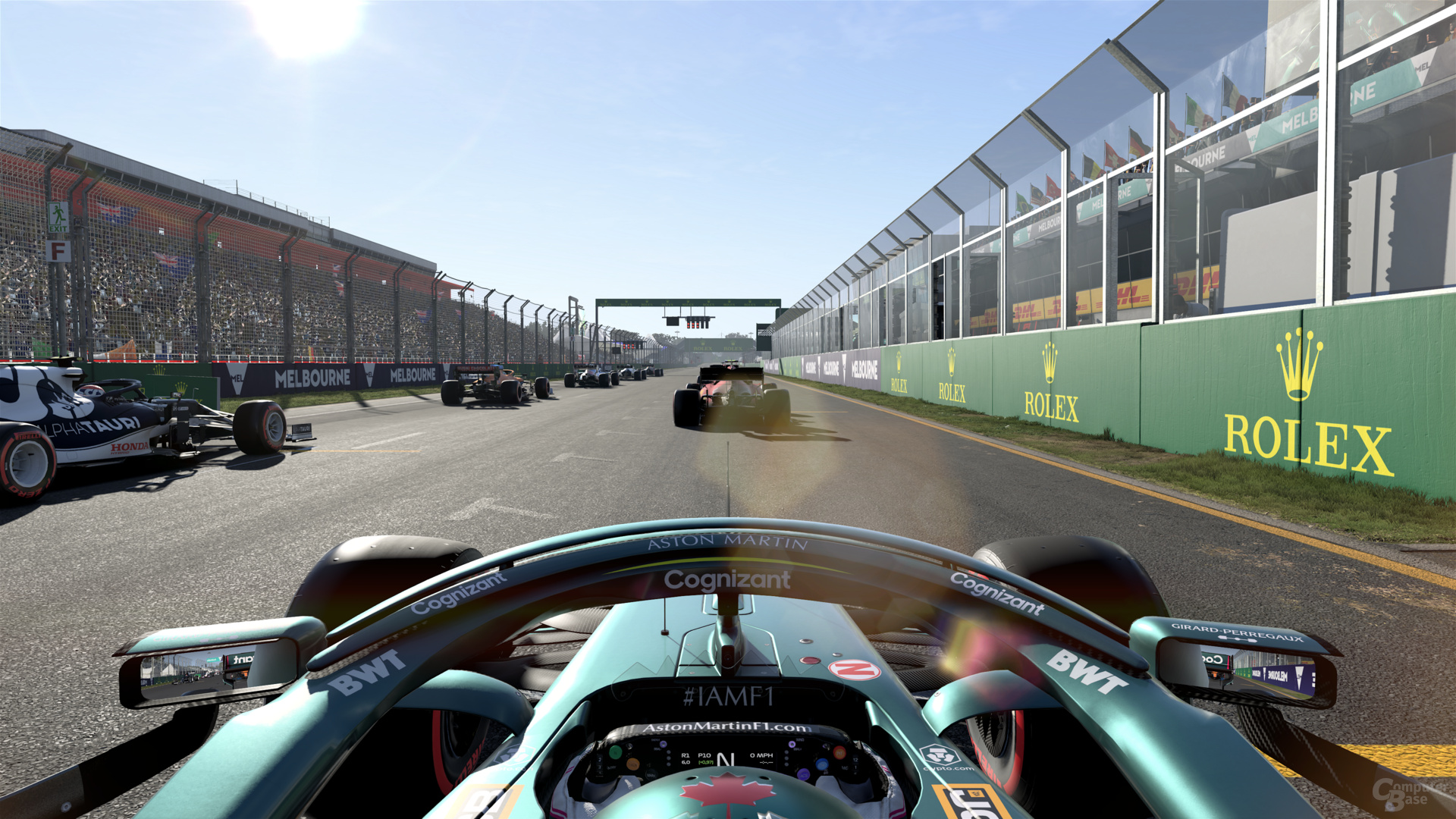
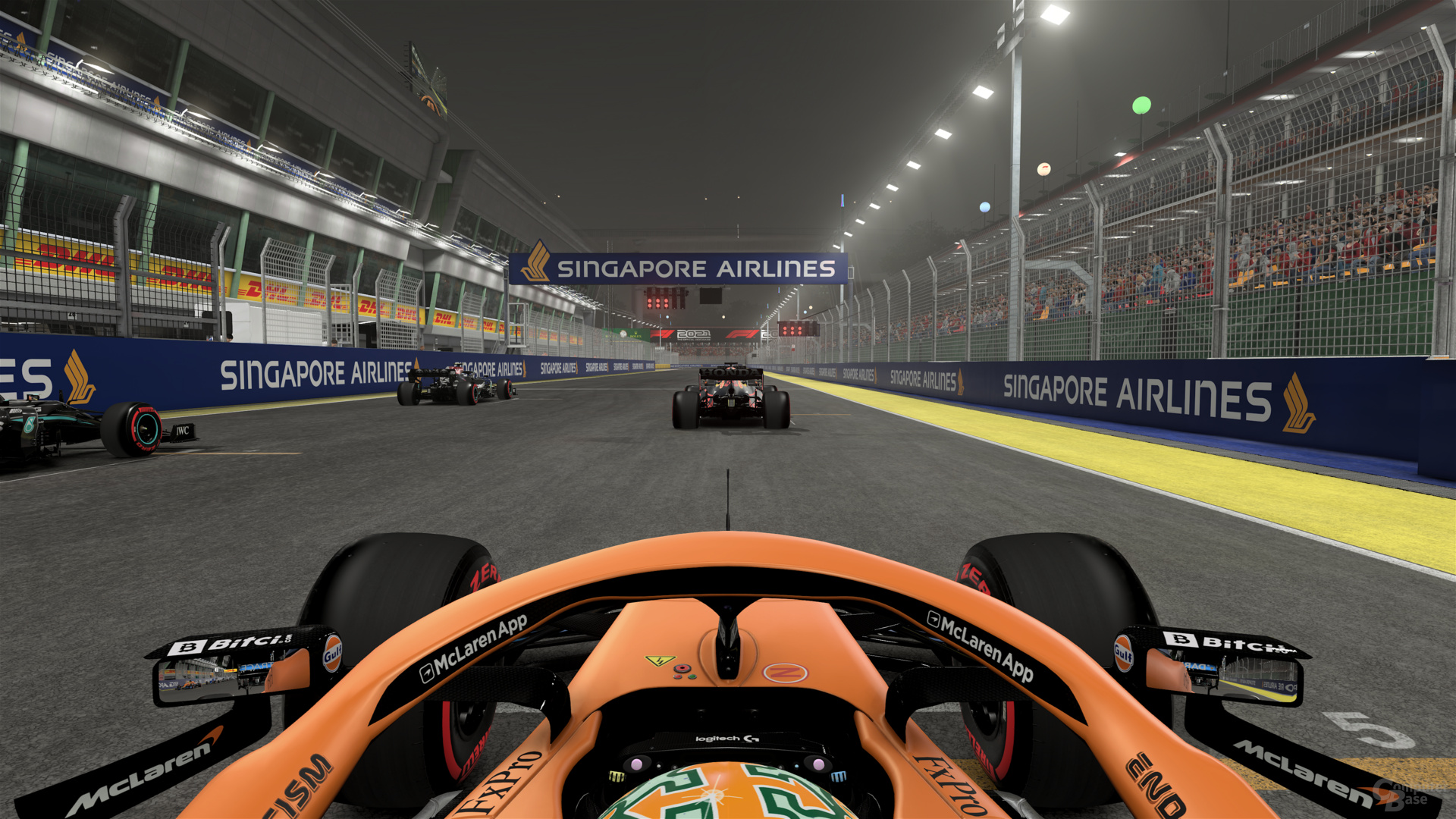 Raytracing means
Raytracing means  Raytracing.jpg ” Up
Raytracing.jpg ” Up 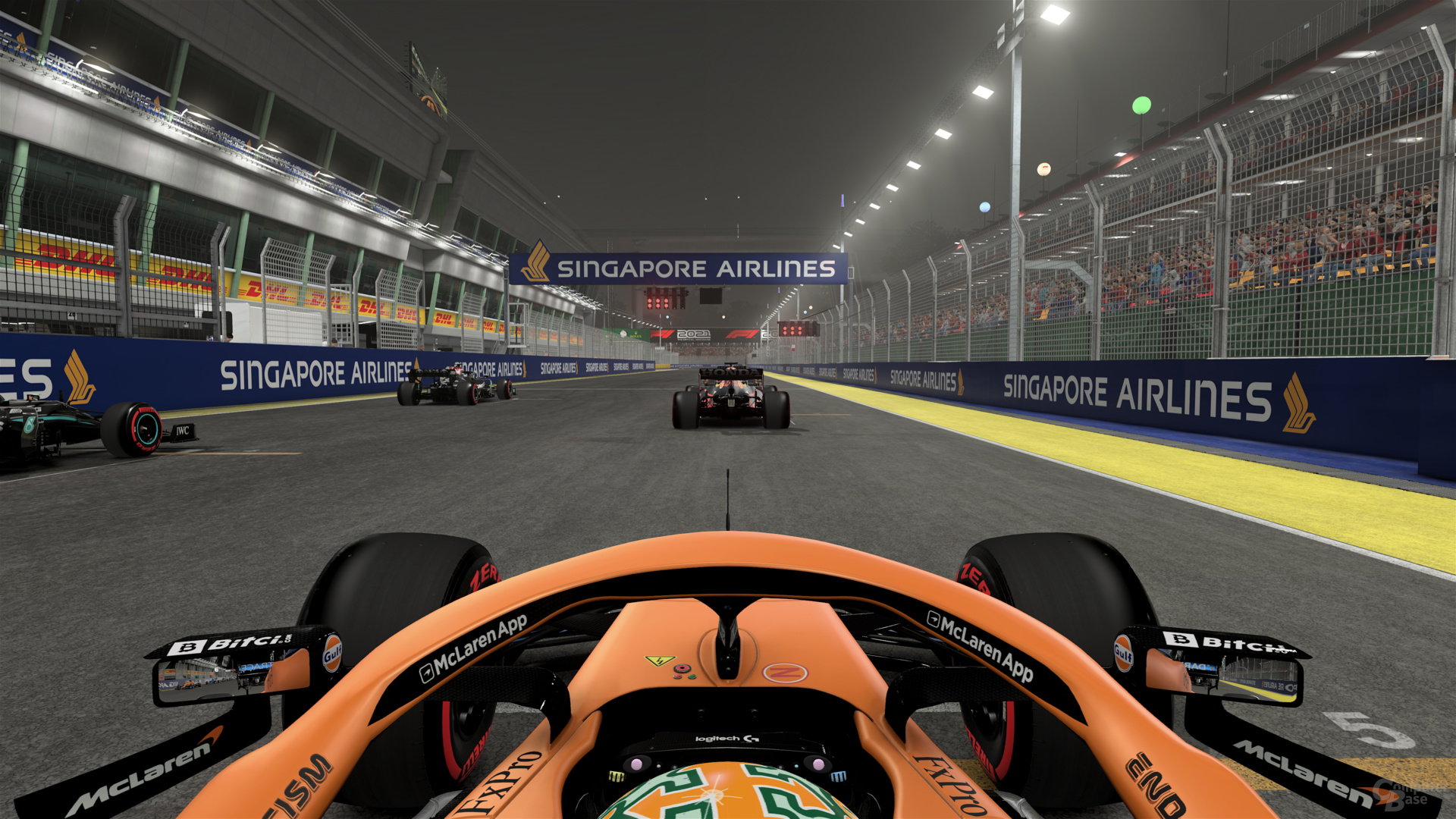 Raytracing ultra high
Raytracing ultra high 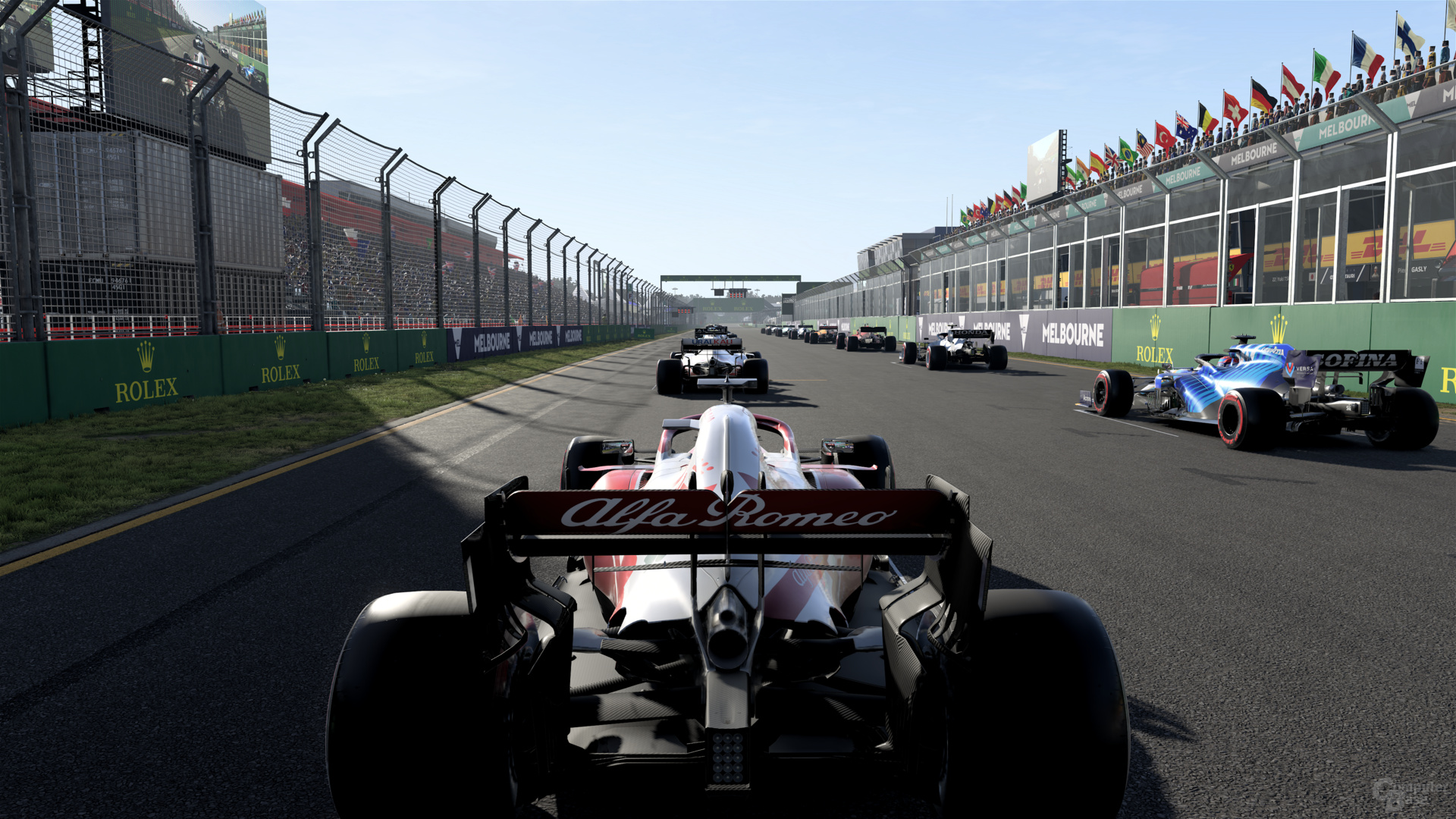 Raytracing means
Raytracing means 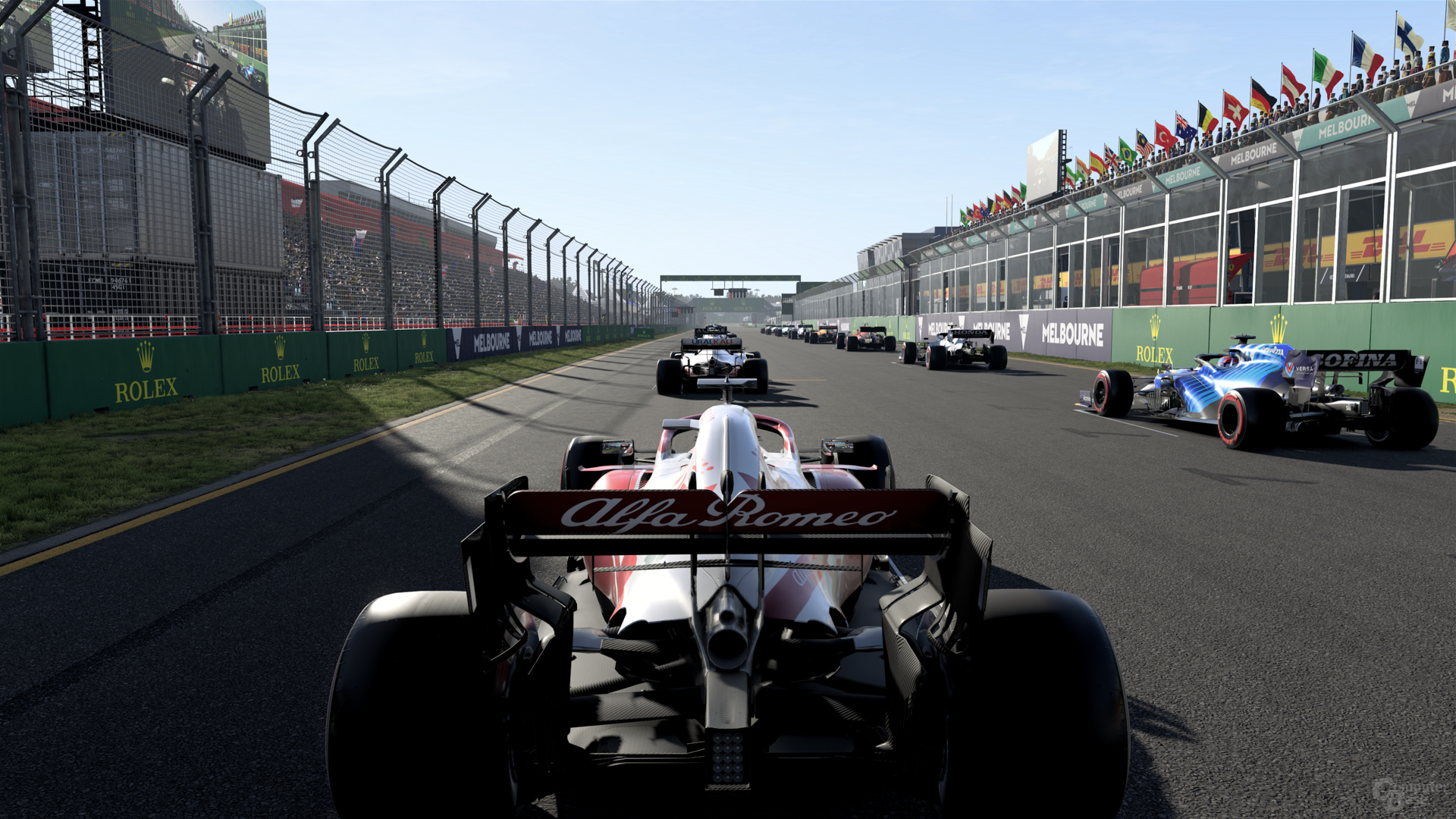 Raytracing ultra high
Raytracing ultra high 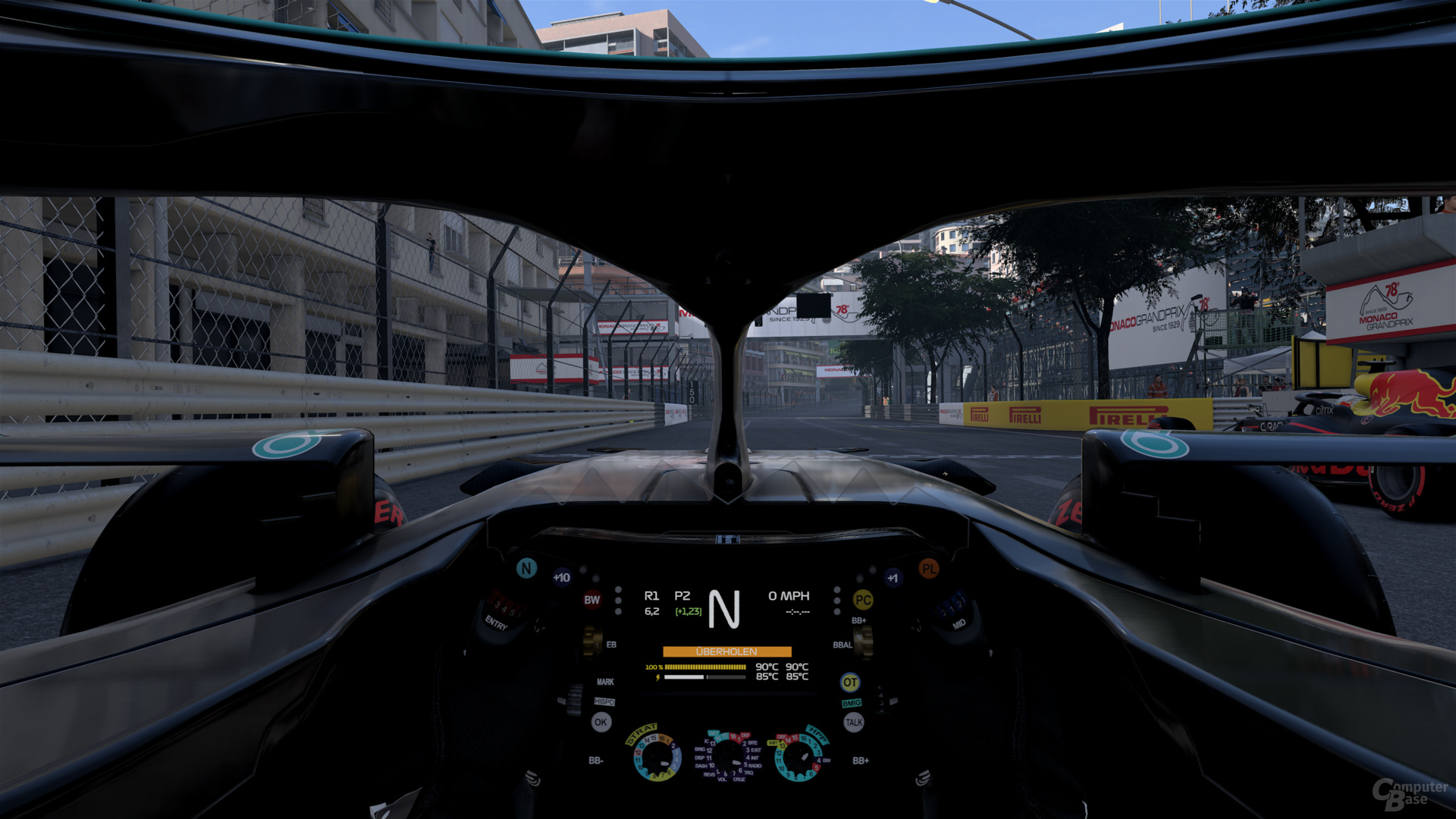 Raytracing means
Raytracing means 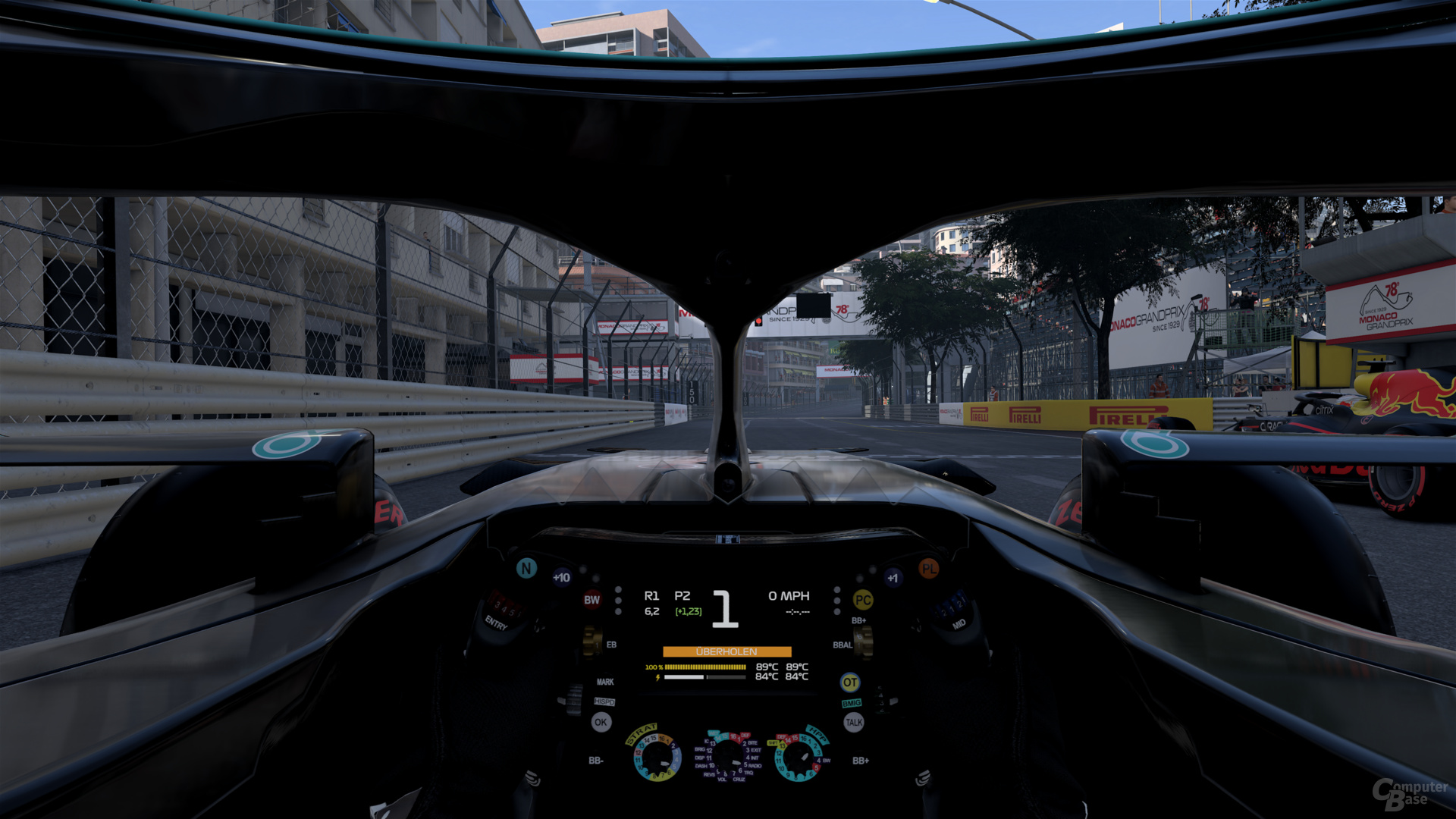 Raytracing high
Raytracing high  /Raytracing >
/Raytracing >
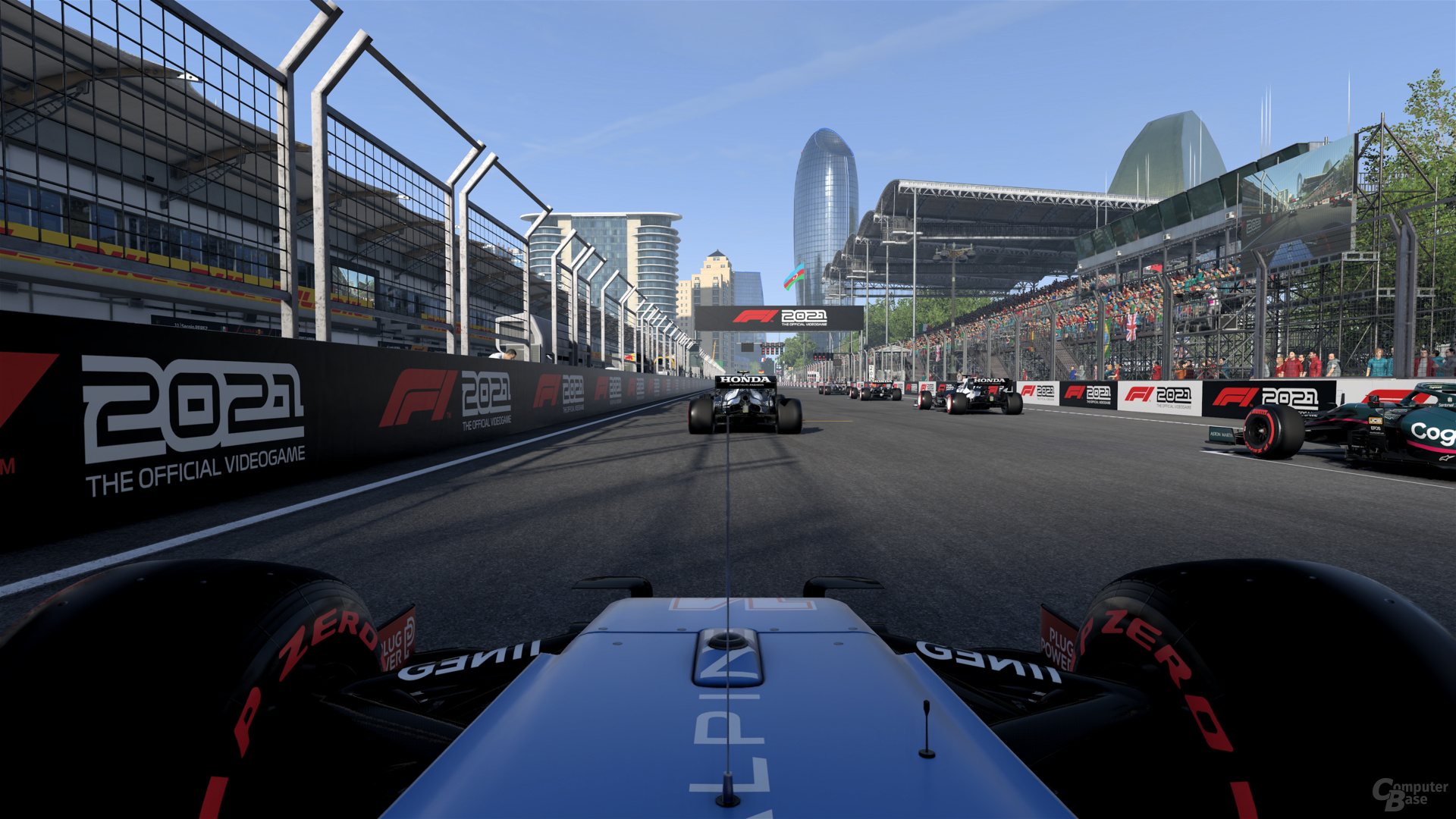 Raytracing means
Raytracing means 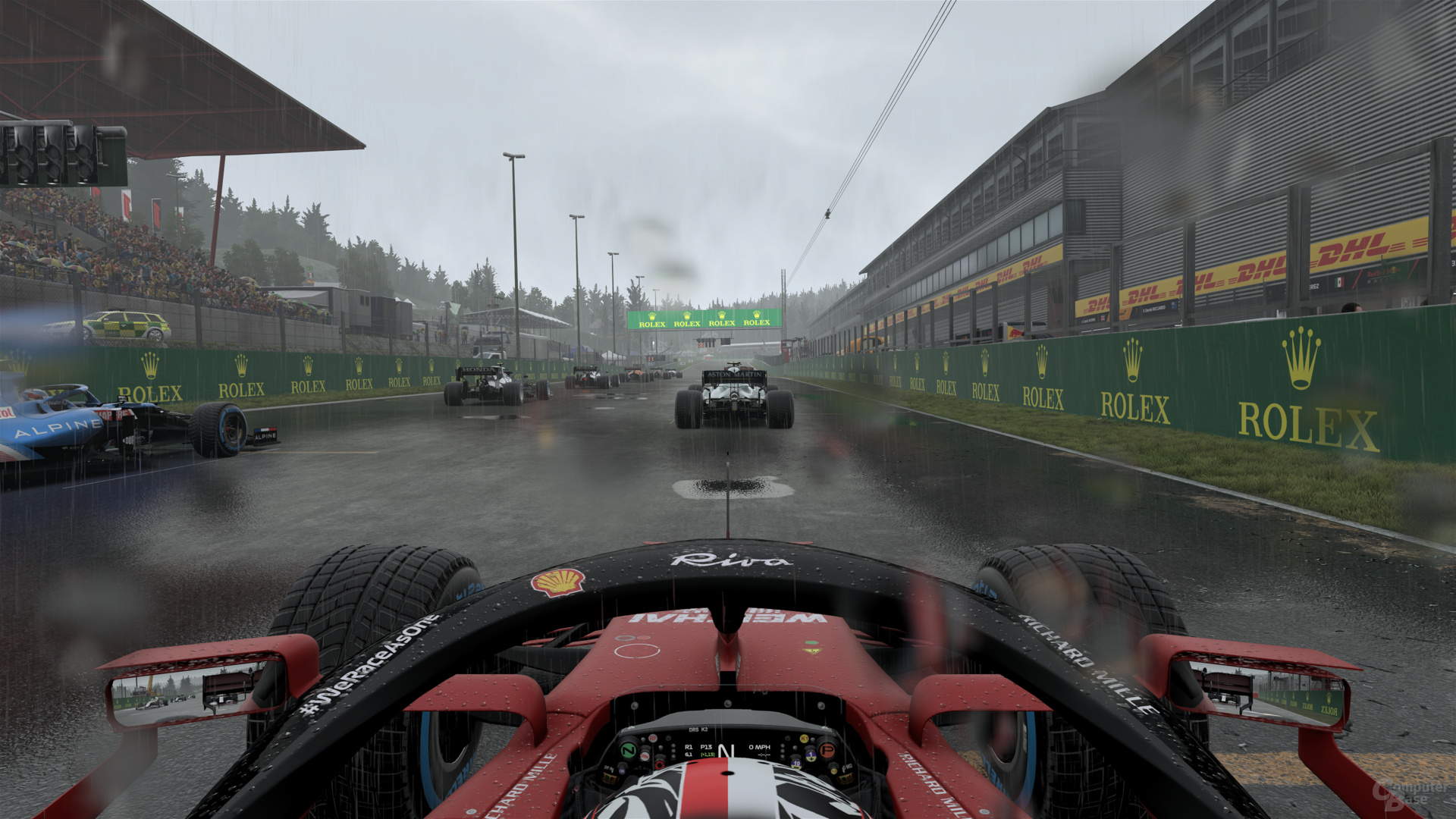 Raytracing means
Raytracing means 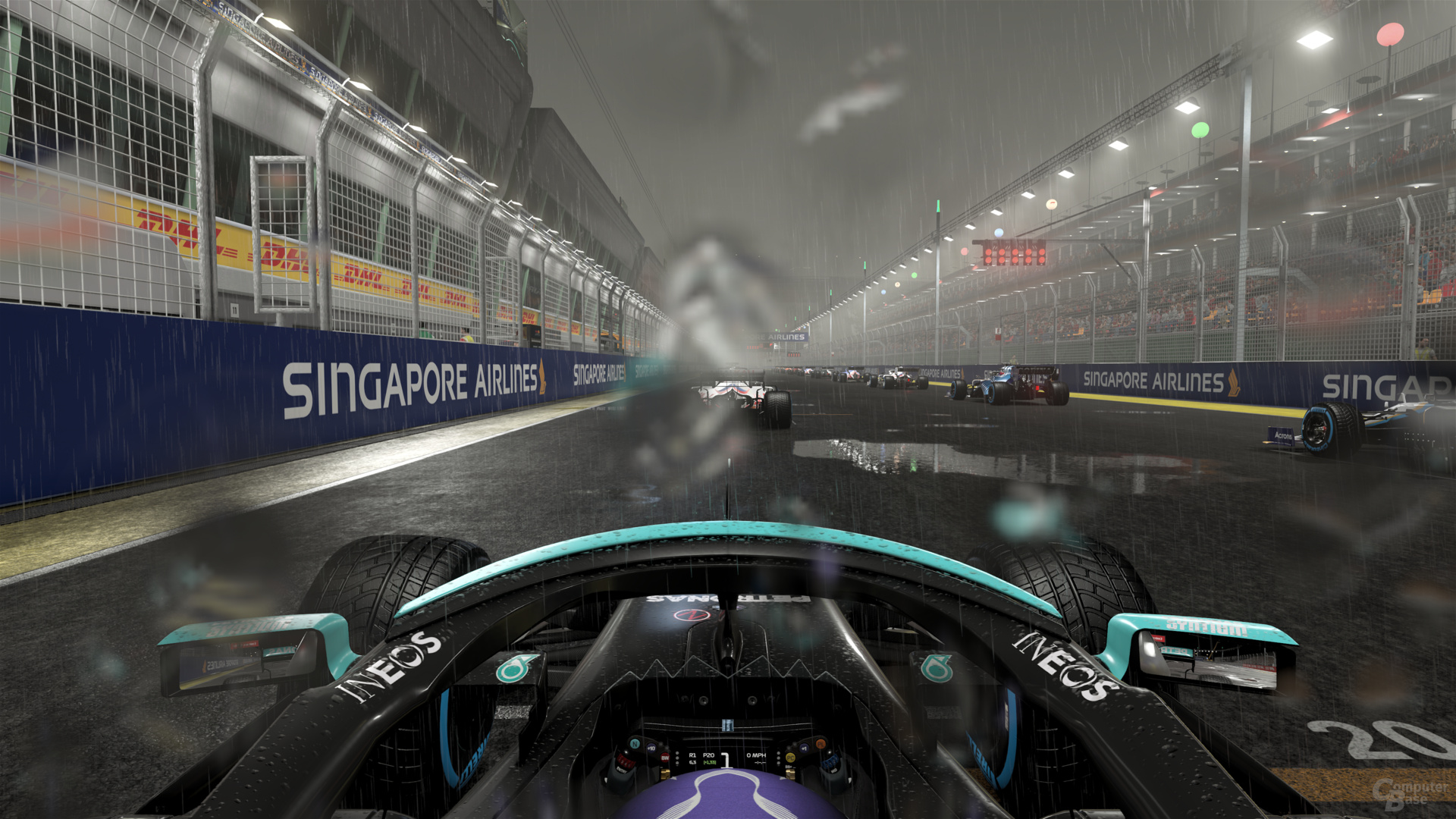 Raytracing ultra high
Raytracing ultra high Even with the shadows, there is only slight fine-tuning. RT high shows it less pixelated, in addition, fine details are shown much better, which with RT medium tend to disappear. There are also some objects that the RT shadows apparently only reach with the high setting. Accordingly, it can be assumed that both the resolution and the number of beams fired are increased in the case of the shadows.
Again, no differences can be seen in the shadows between RT high and RT ultra high. The analysis shows the theoretical possibility that RT ultra high also shoots more rays in the shadows, since in a scene on the screenshots the denoiser with ultra high noises slightly less. But that was the only noticeable difference, the shadows themselves are absolutely identical.
-
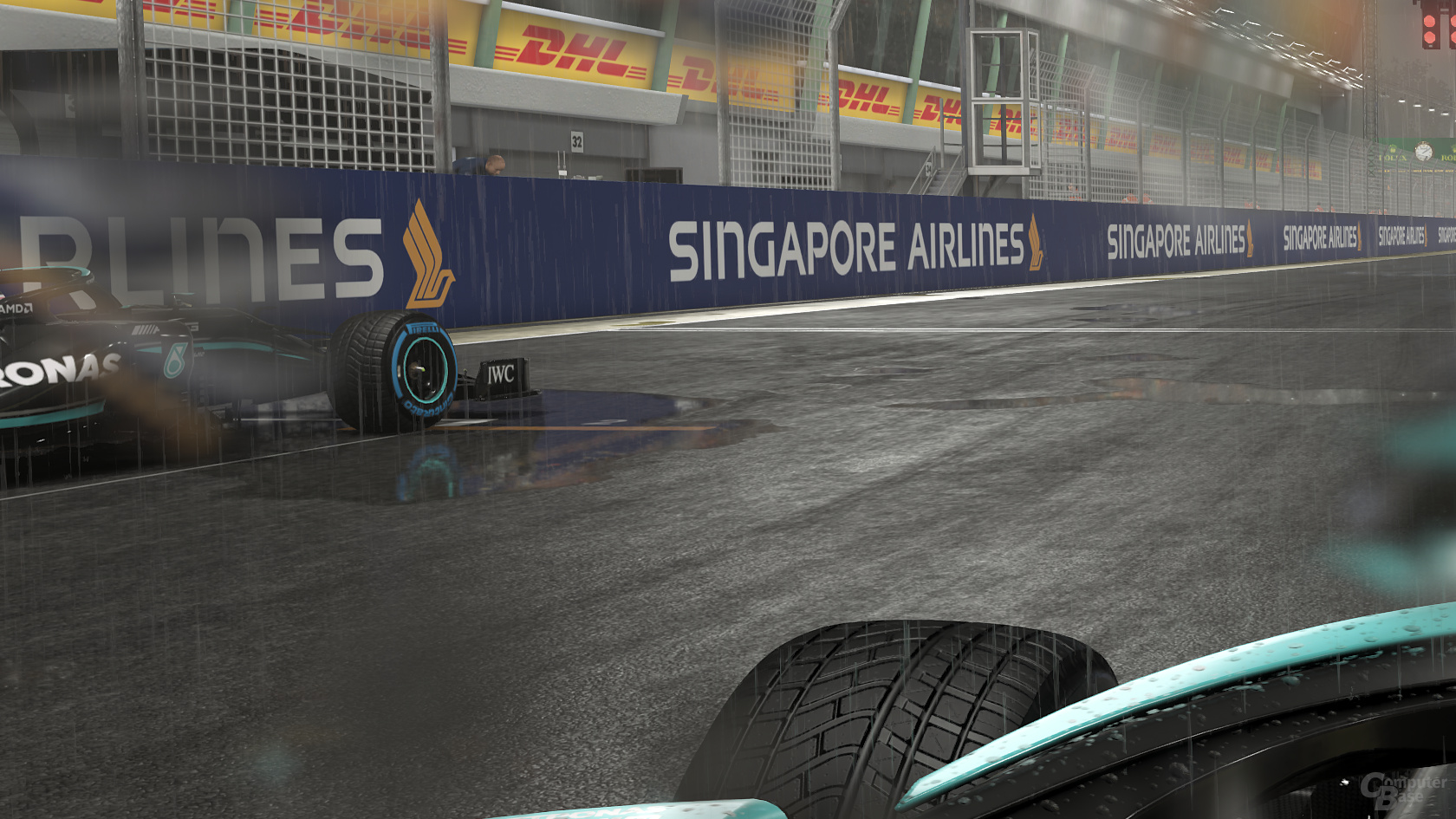 Raytracing means (945p excerpt from a UHD screenshot) Download
Raytracing means (945p excerpt from a UHD screenshot) Download
Image 1 of 3
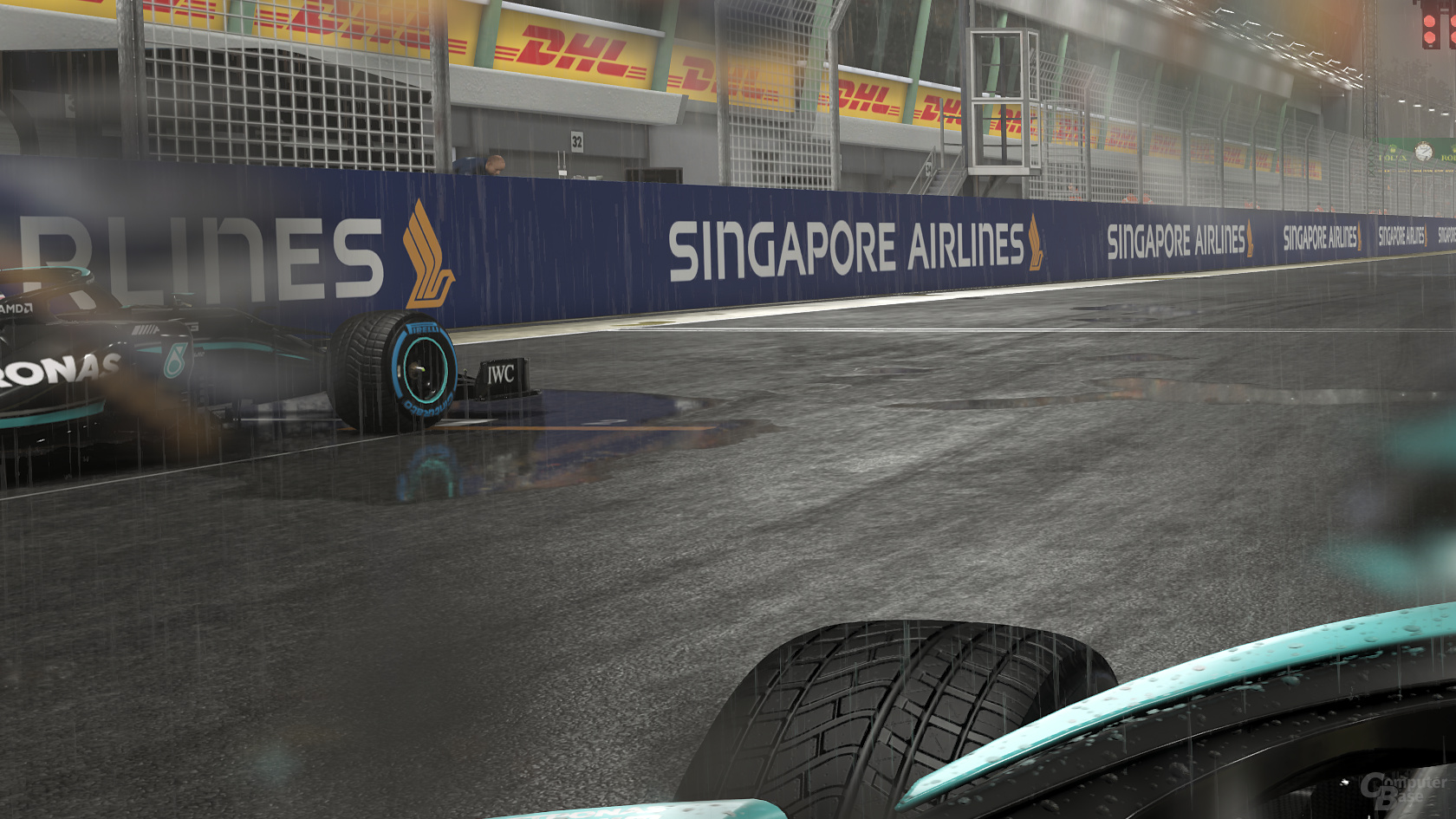 Ray tracing means (945p excerpt from a UHD screenshot)
Ray tracing means (945p excerpt from a UHD screenshot) 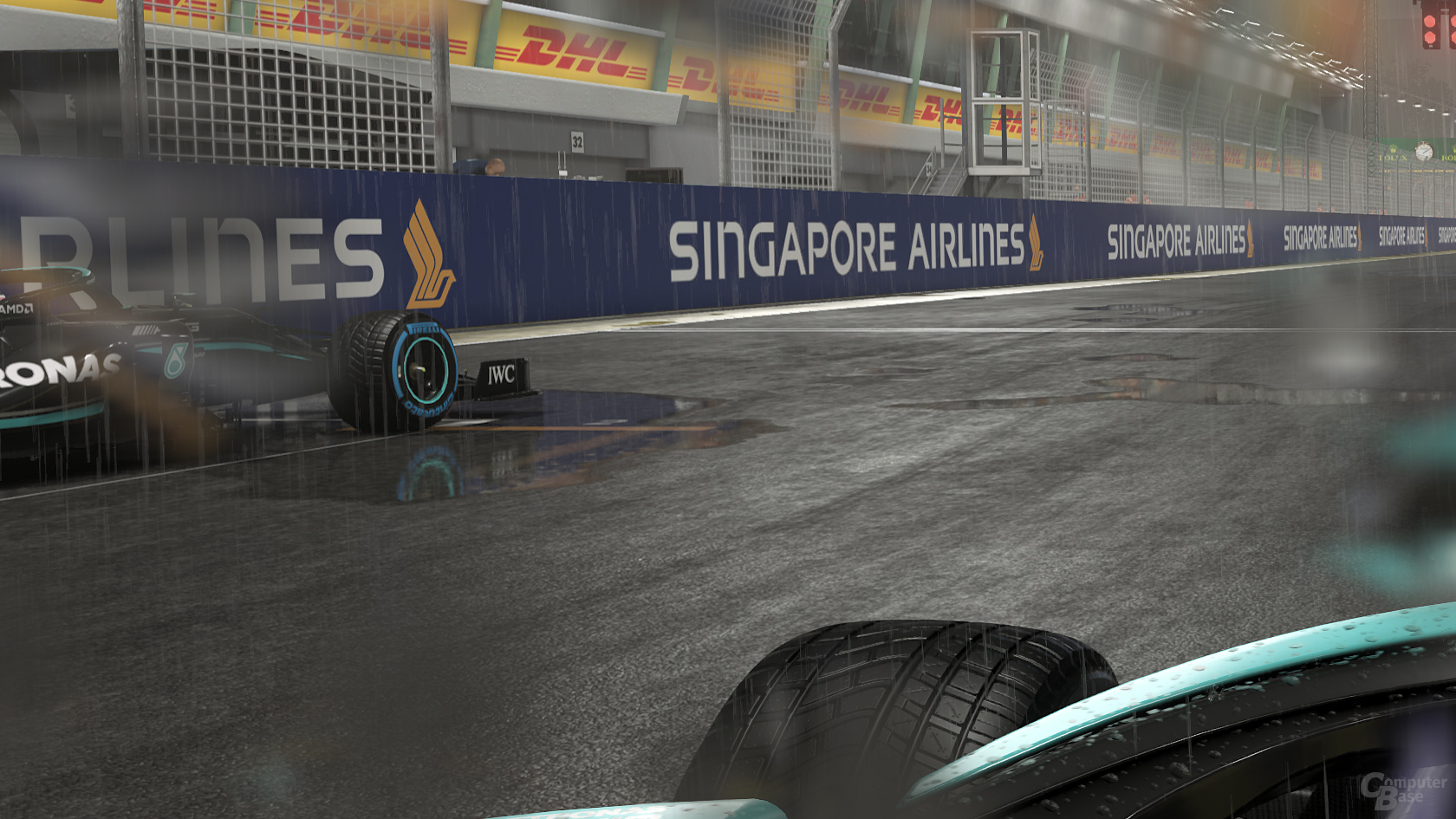 Raytracing ultra high (945p excerpt from a UHD screenshot)
Raytracing ultra high (945p excerpt from a UHD screenshot) In practice, nobody will be able to see any difference, regardless of whether the medium or the ultra-high quality is active in ray tracing. And that applies to both the shadows and the reflections.
Benchmarks in Full HD, WQHD and Ultra HD
Raytracing high, regardless of the graphics card and the resolution, still costs a lot of performance compared to medium. For example, the GeForce RTX 3080 already loses 29 percent of FPS in Full HD and thus more or less the optimal case compared to medium RT details for an almost invisibly better image quality. RT Ultra High then puts another 11 percent on top. And that is the ideal case.
Higher resolutions then also bring Nvidia's amp generation to a final breakdown. RT high costs 35 percent in WQHD compared to RT medium, RT ultra high then 42 percent. And in Ultra HD the measured values are minus 40 and minus 46 percent. Or to put it another way: Raytracing means is 67 percent or 86 percent faster in this case.
«Previous F1 2021 – 1,920 × 1,080F1 2021 – 2,560 × 1,440F1 2021 – 3,840 × 2,160 Next»
- F1 2021 – 1,920 × 1,080 Unit: frames per second (FPS)
- FPS, average:
- RX 6800 XT @ RT Aus270,5
- RTX 3080 @ RT Aus218,0
- RTX 3080 @ RT Mittel172.4
- RX 6800 XT @ RT Mittel157.1
- RTX 3080 @ RT Hoch122,0
- RTX 3080 @ RT Ultrahoch109,1
- RX 6800 XT @ RT Hoch96,7
- RX 6800 XT @ RT Ultrahoch82,1
- FPS, 0.2% percentile:
- RX 6800 XT @ RT Aus163,1
- RTX 3080 @ RT Aus118,5
- RTX 3080 @ RT Mittel95,8
- RX 6800 XT @ RT Mittel88,3
- RTX 3080 @ RT Hoch71,8
- RTX 3080 @ RT Ultrahoch69,4
- RX 6800 XT @ RT high61,8
- RX 6800 XT @ RT ultra high57,2
- FPS, average:
- F1 2021 – 2,560 × 1,440 Unit: frames per second (FPS) < ul class = "chart__groups toggle-body-container" id = "chart-groups-114784">
- FPS, average:
- RX 6800 XT @ RT Aus210,2
- RTX 3080 @ RT Aus176,8
- RTX 3080 @ RT Mittel127,2
- RX 6800 XT @ RT medium112.6
- RTX 3080 @ RT high82.4
- RTX 3080 @ RT ultra high73.2
- RX 6800 XT @ RT high62,3
- RX 6800 XT @ RT ultra high52,1
- FPS, 0.2% percentile:
- RX 6800 XT @ RT Aus137,4
- RTX 3080 @ RT Aus107,8
- RTX 3080 @ RT Mittel79,7
- RX 6800 XT @ RT medium67.6
- RTX 3080 @ RT high59.1
- RTX 3080 @ RT ultra high52.5
- RX 6800 XT @ RT Hoch44,9
- RX 6800 XT @ RT Ultrahoch37,9
- FPS, average:
- RX 6800 XT @ RT Aus122,1
- RTX 3080 @ RT Aus108,9
- RTX 3080 @ RT Mittel71,0
- RX 6800 XT @ RT Mittel60,2
- RTX 3080 @ RT Hoch42,6
- RTX 3080 @ RT Ultrahoch38,2
- RX 6800 XT @ RT Hoch29,8
- RX 6800 XT @ RT Ultrahoch24.7
- FPS, 0.2% percentile:
- RX 6800 XT @ RT Aus91,0
- RTX 3080 @ RT Aus76,0
- RTX 3080 @ RT Mittel51.8
- RX 6800 XT @ RT Mittel42.8
- RTX 3080 @ RT Hoch33,1
- RTX 3080 @ RT Ultrahoch30,1
- RX 6800 XT @ RT high22,1
- RX 6800 XT @ RT ultra high19,5
RDNA 2 is fast with RT-Mittel and slow with the rest
Nvidia's amp architecture already has problems with the new settings, and AMD's RDNA 2 breaks down completely accordingly. RT High lets the FPS be 38 percent lower in 1,920 × 1,080 and RT Ultra by 48 percent. RT Mittel then runs 91 percent faster. In the higher effects, the effects are even greater. In WQHD the speed is reduced by 45 and 54 percent, in Ultra HD it is 50 and 59 percent.
Conclusion and the new old recommendation
The high ray tracing option is still a sensible option for screenshots in F1 2021, but the option is simply pointless when driving, because the differences that can still be found with the magnifying glass at a standstill are definitely no longer noticeable.
That wouldn't be a problem if the option was low in performance. But regardless of whether AMD RDNA 2 or Nvidia Ampere, RT Hoch reduces the frame rate far too much to be a sensible option for any GPU: FPS are far too important for a racing game. This is all the more true for RT Ultra High, where often no difference can be seen even on screenshots. And ultra costs a lot more power than high.
The middle RT details, which are still the standard and in the ultra-high- Preset can be activated. Even if they look anything but perfect, they raise the graphics quality of F1 2021 one step without costing too much performance.
It has also become nicer with RT media
At the end of the day, the positive news is that, thanks to the patch, the mean raytracing details now also look nicer than on the first day of the game . Because the shadows had to struggle there with the problem of stopping at a short rendering distance for inexplicable reasons. The problem no longer exists without the performance being worse.
On the contrary. GeForce RTX graphics cards increase slightly due to new drivers and optimizations to the game code, the already fast Radeon RX 6000 offshoots are now also igniting the “percentile FPS turbo”. Up until now, AMD was clearly behind Nvidia, but that is no longer the case.
This article was interesting, helpful, or both? The editors appreciate every support from ComputerBase Pro and deactivated ad blockers. More about advertisements on ComputerBase.